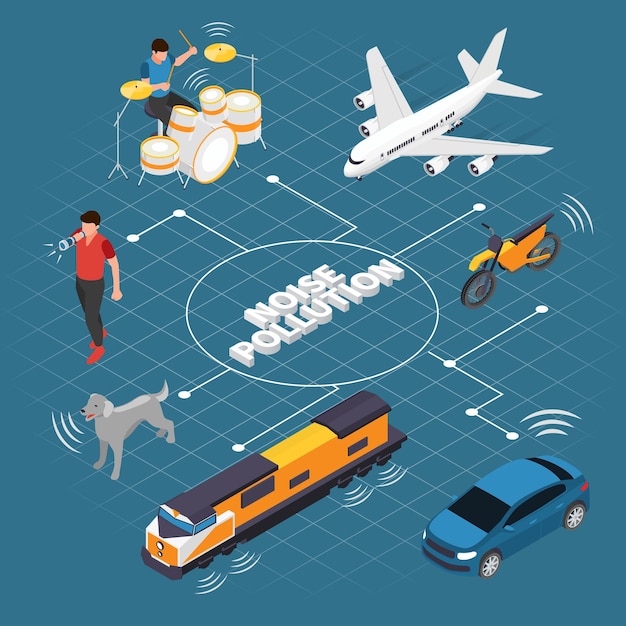Revolutionizing Roadways: The Rise of Autonomous Vehicles

Roberto Ponticelli from Horiba Mira breaks down the challenges of increasing vehicle autonomy and shares how engineers are tackling them.
At first, the concept of vehicle autonomy, split into levels 0 through 5 according to the SAE standard, seems straightforward. Level 0 represents no autonomy where the driver is fully in charge, and level 5 means the car is entirely self-driving. But, diving deeper into these levels reveals a lot more complexity.
Vehicles can be classified differently based on specific features or driving conditions. For instance, a car with anti-lock brakes might be classified as level 1, but with adaptive cruise control, it could be level 2. This flexibility means car manufacturers don’t always develop autonomous vehicles in a step-by-step manner. Some skip levels entirely. For example, Ford decided to bypass level 3, focusing on the higher levels to avoid the tricky issue of transitioning control back to the driver. Google did something similar with its Waymo project. This raises the question: why even have a level 3 if it’s so problematic?
Each level of autonomy brings its own set of challenges, including driver handover, consumer acceptance, electromagnetic compatibility, cybersecurity, and skill requirements. Engineers around the world are working hard to safely develop these vehicles.
Driver Handover
From level 3 onwards, drivers are more like passengers. When they’re not actively monitoring the road, taking control in an emergency becomes difficult. It takes time for the brain to recognize an issue and switch from being a passenger to taking control of the car. Engineers are addressing this by creating simulators and using private facilities to test autonomous systems safely without risking public safety.
Electromagnetic Compatibility
As cars become more autonomous, they rely more on software, which affects electromagnetic compatibility. Any electronic device can interfere with others, much like a mobile phone near a speaker. With autonomous systems, this challenge grows. The rise of connected cars has also changed the electronic environment vehicles operate in. Common technologies like WiFi and vehicle-to-vehicle communication require new standards for handling electromagnetic interference. This means updated testing frequencies and better test equipment.
Cybersecurity
Cybersecurity also ties into the broader picture but wasn’t fully explored in the article provided.
In summary, while moving towards fully autonomous vehicles is incredibly complex, engineers are working diligently to address these challenges and ensure safety at every step.